In the title I use the word ‘Babies’ purely for the sake of alliteration. But more precisely what I refer to is the proliferation this year of Mallard chicks on the Leeds and Liverpool Canal and Bluebells along its banks.
Since leaving Liverpool on Thursday 1st May we have seen plenty of the former all through each day; large families of little brown and black furry bundles all scampering about as fast as they can as our boats approach. Mother looks on approvingly but with a certain degree of voluble agitation as she tries to keep them all together. She knows by instinct that the fleet or convoy tactics that ships used during the War affords a better protection against predators than all of the large family being vulnerably separated.
Spanish Bluebell
Native Bluebell
Stitchwort
Wild Garlic
Stinging Nettle. It’s always a good year for that hardy plant
But even at one day old these young have a fully developed swimming technique that enables them to run almost across the surface of the water at great speeds though the little stubby wings, flapping vigorously, are no help at all at this stage. To me they all look completely identical with their distinctive markings and how the families, all vying for the same space, don’t get thoroughly mixed up I’ll never know. But mother seems to be able to tell and to rally her own family on all occasions when necessary.
Leaving Salthouse Dock
Wooden Schooner ‘Kathleen and May’ in Canning Dock
White Lilac
Pale Lilac
Along this waterway it has been a good Spring for wild flowers also, Red Campion and Bluebells in particular. Just before we arrived at Liverpool the lush green floors of copses and woods were carpeted with our traditional native variety but since leaving Liverpool the banks of the canal have been blanketed abundantly with the upright Spanish version. This has broader leaves and has the bell blossoms growing all round the stem as opposed to the them hanging all on the one side only of our drooping native variety.
Both are beautiful and good to see.
We had enjoyed Liverpool enormously but the time arrived for us to leave on a rather murky depressing day. It rained all morning as we travelled in front of the sparkling white Liver Building and through Waterloo and Stanley docks. Here in contrast the massive old and rotting lock gates that used to be so busy allowing deep sea ships to enter and leave the port were now quiet and looked so forlorn in their neglect. The be-weeded cobbled docksides covered in gull and wild geese droppings, the graffiti-ed walls of the tall warehouses with their broken glass windows in rusted iron frames were all eerie with the smell of dereliction.
But clear of the four Stanley Locks leading up onto the Leeds and Liverpool Canal everything began to improve. The Sun came out at last and as the area became more rural so did our spirits begin to soar again. Liverpool City life for a few days had been wonderful but we were now re-entering the real paradise that we all do our boating for.



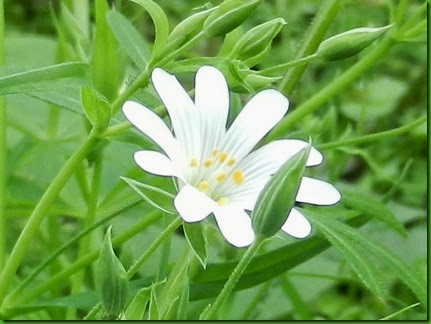
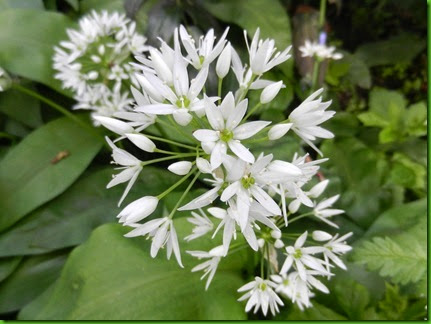
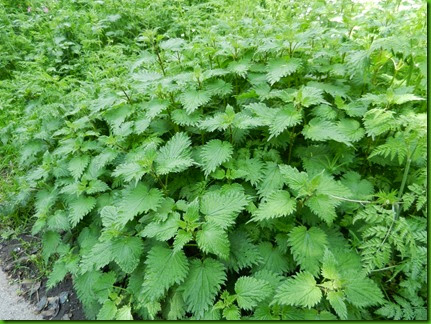
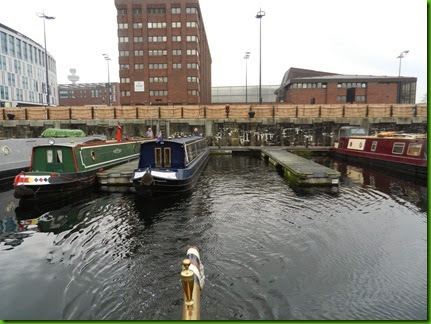
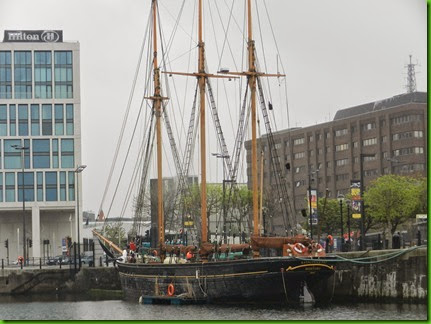


No comments:
Post a Comment